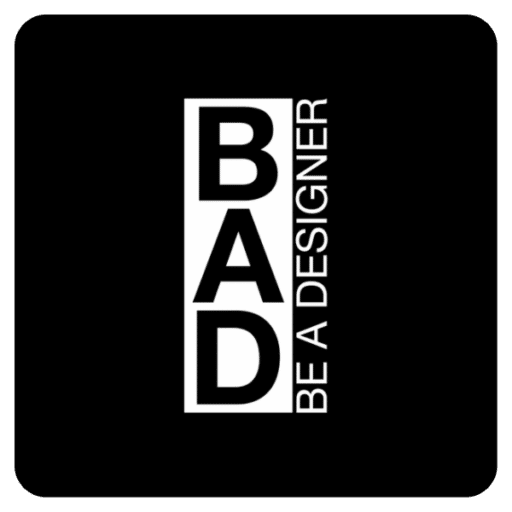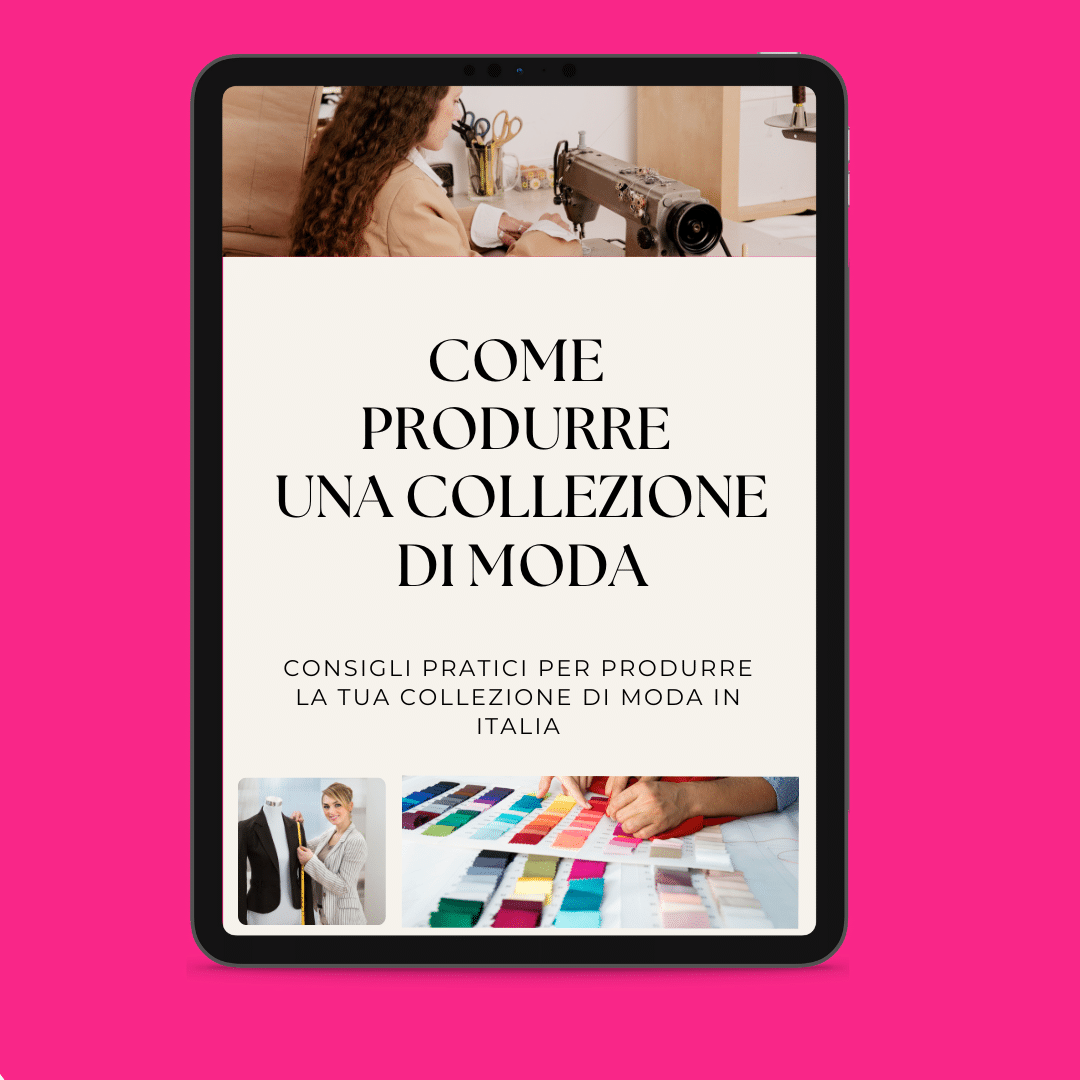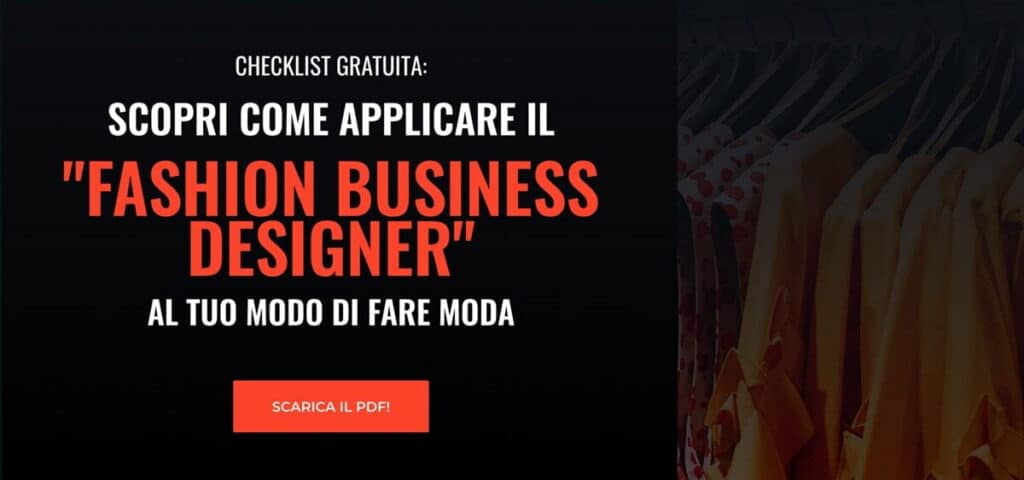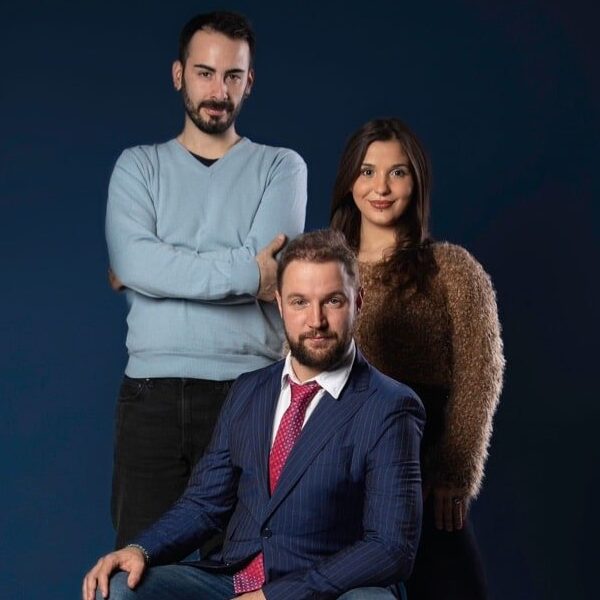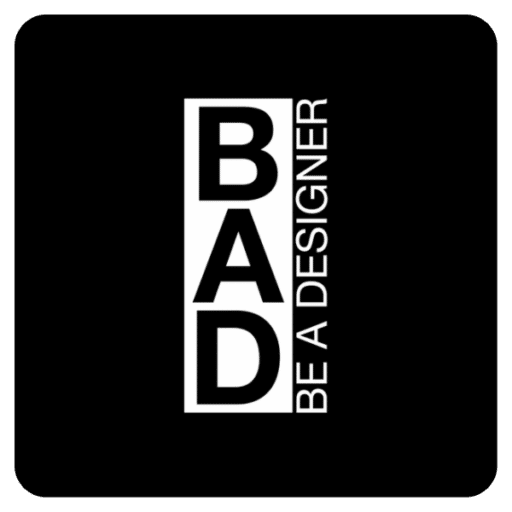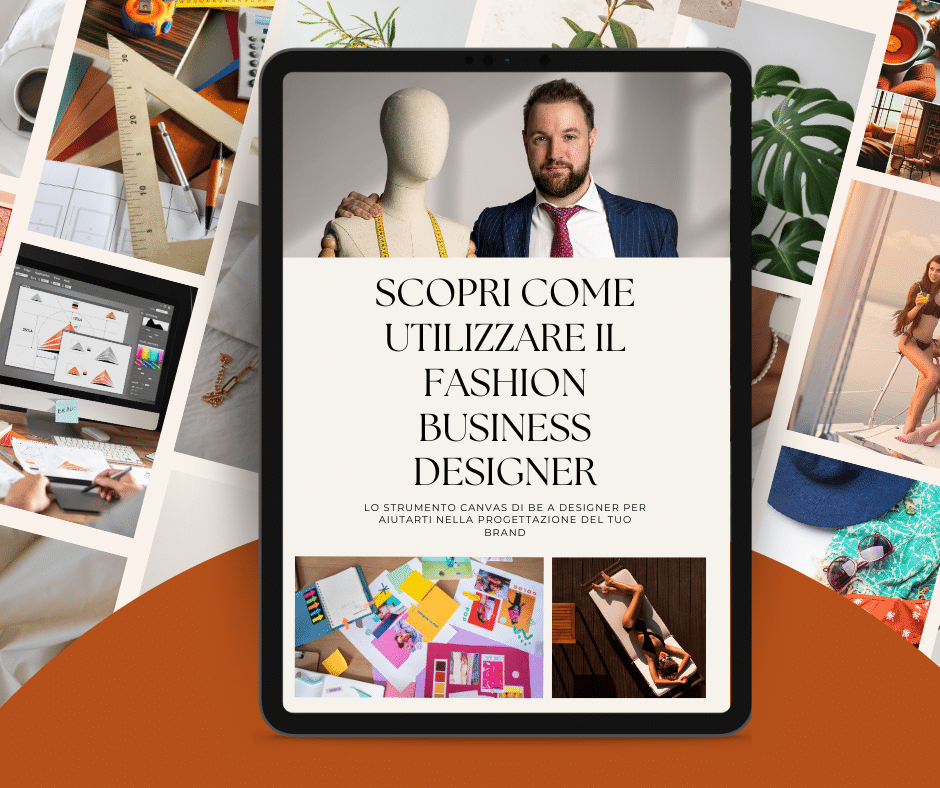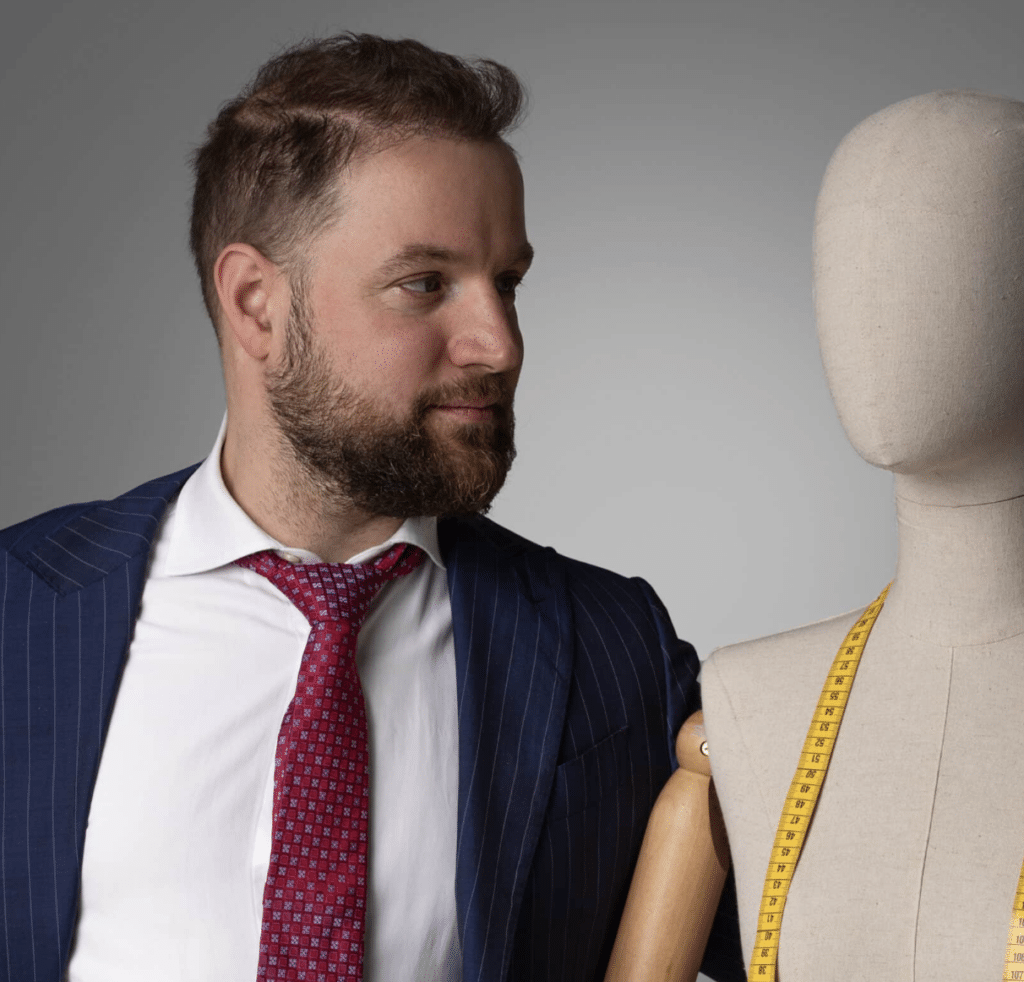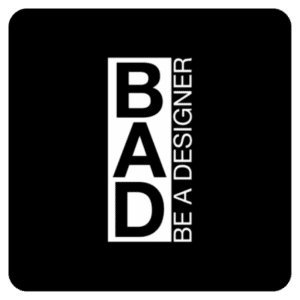If you already have made prototypes or models and are looking for ways to produce them, you've come to the right place! Let's take a look at all the steps to produce your fashion production.
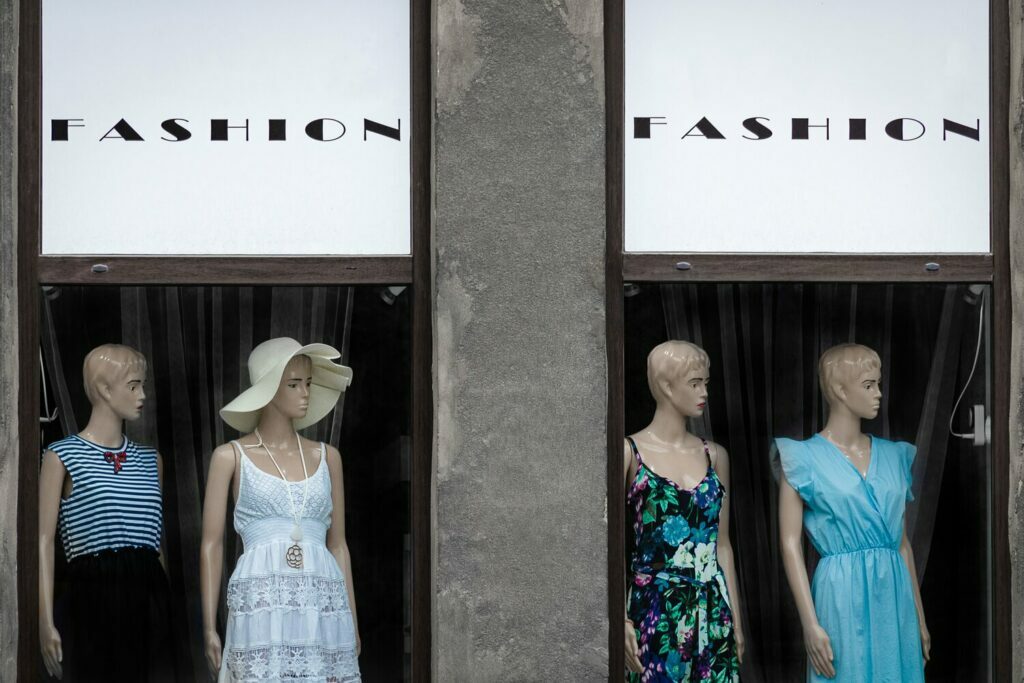
How many garments must your fashion production contain?
This is certainly important since depending on the quantity of parts you decide to produce, the production cost will change.
But let's take one step at a time, first of all you need to be aware of the relevance of your fashion brand in order to not to produce an excessive number of garments which will then remain unsold.
To work out the exact quantity of garments to be produced, it will be necessary to make a specific and detailed analysis so as to understand who your potential customers will be and what your target audience will be.
This is essential because you need to have an estimate of how many customers you might initially have so that you do not produce more garments than will actually be sold.
Once you have identified your target audience, you will have to decide how many heads to produce based on all the analyses that have just been carried out: in this regard, if you are just starting out, I would advise you not to exaggerate with the number of animals to be produced since you will not be sure of selling them all.
A fundamental and closely related aspect of marketing and the subsequent sale of your garments is marketing: thanks to it, you can first perform a market analysis and then succeed in selling your products through online and direct marketing strategies.
It is very important to focus on this part since a garment can never sell itself, but you have to make sure that your target audience is made aware of the existence of your fashion brand and is then stimulated to wear new garments depicting a well-defined and recognisable style.
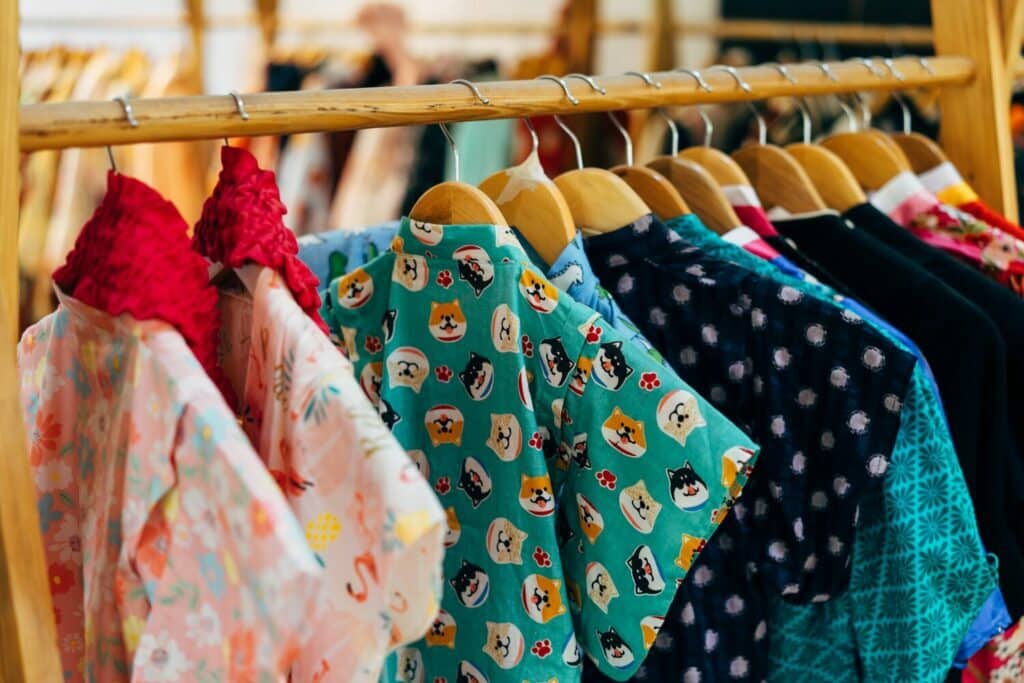
We can summarise everything we have written so far by saying that to determine how many garments your fashion collection specifically should contain, you will need to carry out first of all a careful market analysis to understand who your target audience will consist of and subsequently decide in a calibrated and sensible way how many heads to produce having in mind a realistic amount of products that can be sold and will not remain in stock.
But let's go ahead and see what the next step is for your fashion production!
Set a budget for your fashion production
The best way to avoid wasting resources is to calculate all production costs from the outset.
We have already said that depending on the number of garments you decide to produce, the production cost will change.
You probably have in mind the cost you faced for the production of the prototype: know that this will not be the actual production cost per garment because normally the cost of prototyping can be up to twice the actual production cost of each individual product.
With this in mind, let's start by looking together at how to come up with a budget for your fashion production.
First of all, you have to assess in advance at what price you want to sell your brand's garments and what materials and packaging to use. Once this phase has been defined, you will need to have several quotes at your disposal so that you can decide what the best production price will be in order to have revenues that are in line with the goals that were set at the beginning.
Remember that you will have to set a specific budget only for fashion production as the total budget will also have to include the expenses for all other sections ranging from the prototyping budget to the marketing budget.
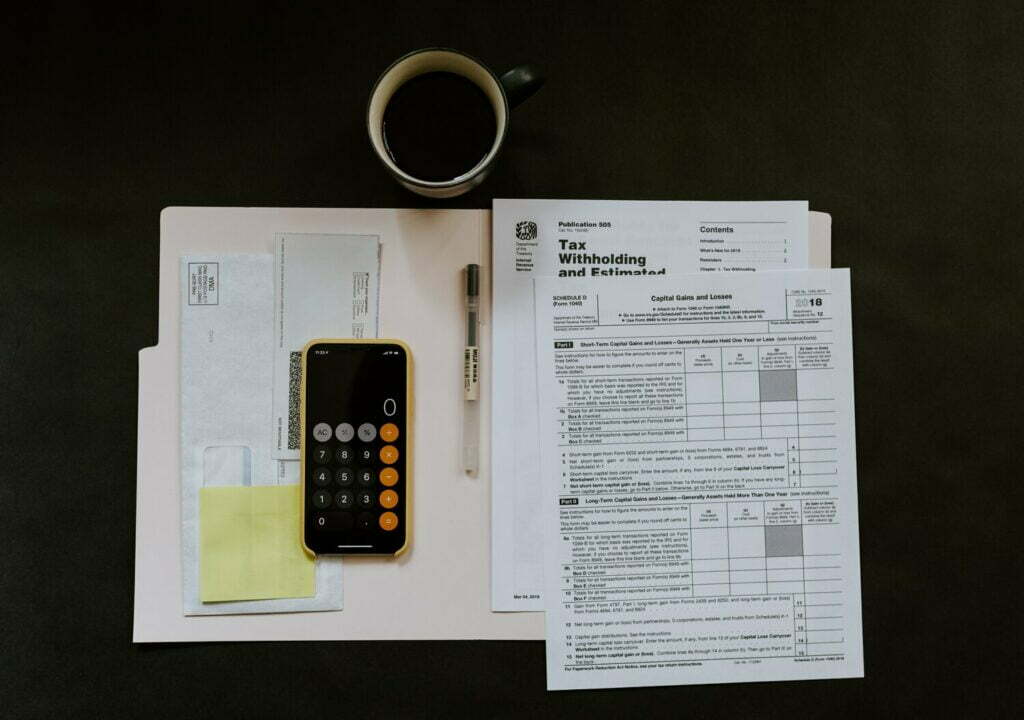
If you want to learn more about the other stages involved in the development of your fashion collection, in the article "HOW TO DESIGN A FASHION PRODUCT". you will find further details on the other steps needed to develop your fashion brand!
ENTRUSTED TO PROFESSIONALS
We have seen what the main factors to take into account when developing your fashion production, however, do not forget the importance of always relying on professionals because this is the only way to ensure that you have a finished product of the highest quality that meets the needs of your fashion brand's customers.
We at Be A Designer offer you an all-inclusive service for the development of your collection and the study of your fashion brand.
You just put the idea in, we will help you succeed and go to market.
You will never be alone! You will be supported step by step by our team, from conception to market launch. You will be able to assist at all stages of production, visit fabric producers, print shops and garment factories with us. You will have access to our network of suppliers, with whom we have privileged relationships and competitive prices even for small productions.
By creating your fashion collection with us, you will benefit from all our services: at the end of the day, you will not only have an artfully constructed fashion brand, with a detailed business plan and competitive suppliers, but you will also have all the written, photographic and video material to launch your products with the channels we will have chosen together, following a precise strategy.
Make an appointment now, it costs nothing and without obligation we can suggest the best solution for your idea!
the final price will not be the one we give to the retailer but will be the one he will charge the end customer, which will be precisely that. Obviously, since products do not sell themselves, it will be important in a cross-channel manner that it occupies both parts of this Canvas. Create an effective marketing strategy that goes omni-channel.
ARE MARKETING AND SALES THE SAME THING?
Marketing is related to sales but not the same thing. So in order to reach the market we will have to take care of our promotional resources how we will then use them to present our products to reach the customer, whatever that customer may be.
We will need precisely the creation of photographic content textual catalogues material that we will need in all cases to reach our end customer. You have to think of this part the same as if you were putting on the shop one of the big mistakes to think that selling online is easier than taking a shop and selling products.
In reality it is also the commitment. One thinks that selling online is easier than selling with a small shop is actually false.
Online everything is very demanding and therefore you have to put yourself in the frame even if you only want to sell online to have a structure behind it as if you were running a shop with a warehouse with products with offers and so on.
This will help you build the right marketing strategy, which will then converge on two very important things:
The type of relationship we are going to establish with our potential buyers
the expenses we will have to incur to reach the market that we will have to deduct from our final price.
marketing is a relationship with the potential customer, be it a retailer or the end customer and will need advertising on the one hand, so here unfortunately we will have new costs added to our cost table.
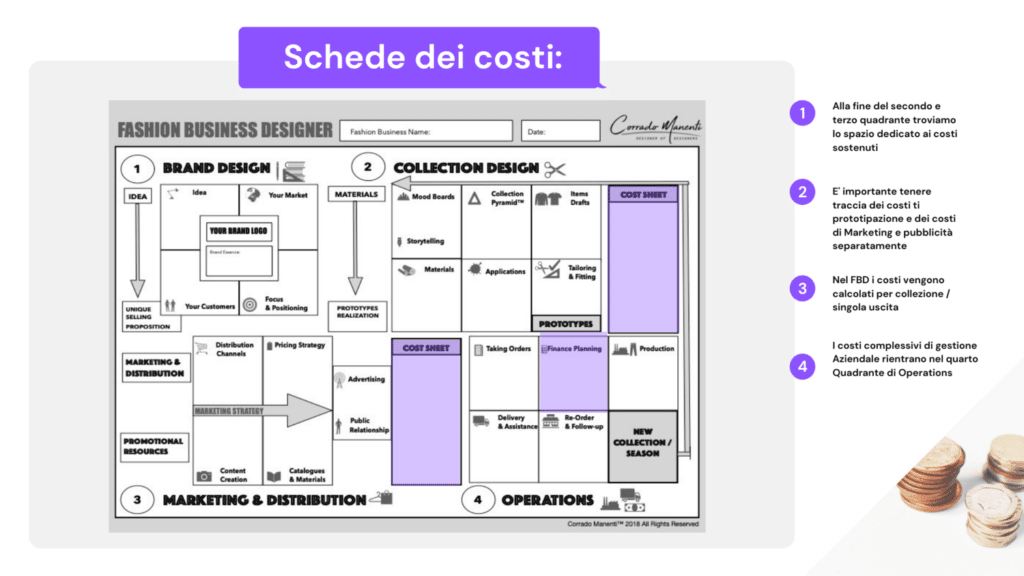
ADVERTISING OUR HIDDEN 'PARTNER'
We will then have to decide how much to invest in getting our products onto the market in any way, either by giving up part of our margin through a retailer or distributor, or by paying Facebook Google and so on, or even trivially a trade fair is an advertising course if we participate in one, a trade fair costs money!
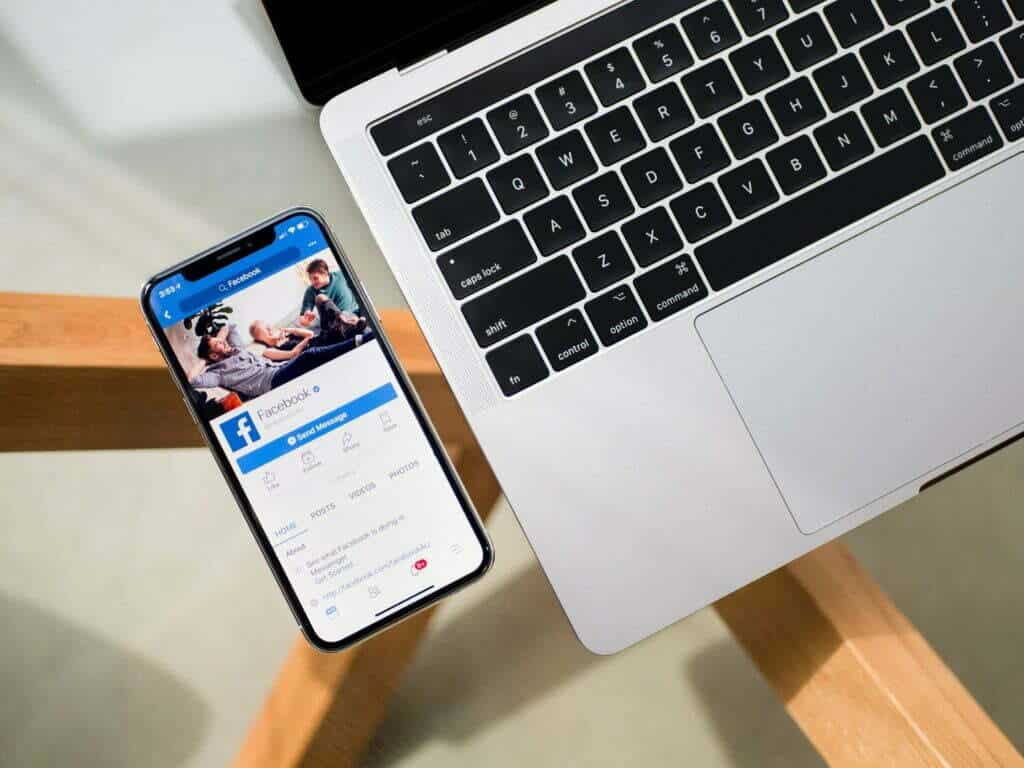
Of course, all these costs have to be lined up one after the other and then we have to decide which one can do for us and which one cannot and how sustainable it is over time.
Another thing that is not necessarily related to costs but can also happen organically is public relations we would need since :
our brand is a triadic relationship between us designers the product and the public.
We will need to get people to talk to us when we can do so through press releases through a press office to speak for us or through activities normal and genuine promotion we can do for our brand.
We will need to be known if we remain unknown it will always be difficult to break through and it will always be a new beginning when someone who does not know us will have to somehow trust us.
BUILDING TRUST IS THE BASIS OF EVERY RELATIONSHIP INCLUDING THE ONE WE HAVE TO ESTABLISH WITH OUR INTERLOCUTORS.
The more people are convinced of the social proof precisely from publications and reviews from people who are enthusiastic about what we do, the easier it will then be to get to market and sell our products.
Of course, another way to touch on this PR theme is to create events. People like to attend events these can be trade fairs they can be events done precisely to sell your products.
So in your marketing strategy, even if you do want to do direct sales, it is always good to try to plan when to include promotional events where you can somehow either pre-order the collection or even sell it.
We're not always talking about fashion shows we're talking about much smaller things where maybe with the right synergy we can engage the right audience, with influencers rather than influential people in the industry.
You will be successful.
CONCLUSION:
Once you have defined the marketing and distribution you will have the basic elements to go to market, namely: the price of your products and distribution channels. The next quadrant will be dedicated to OPERATIONS.
Did you like this article? Leave me a comment below and share it on your social networks with everyone who might like it!
That's all from Corrado! Until the next article!
